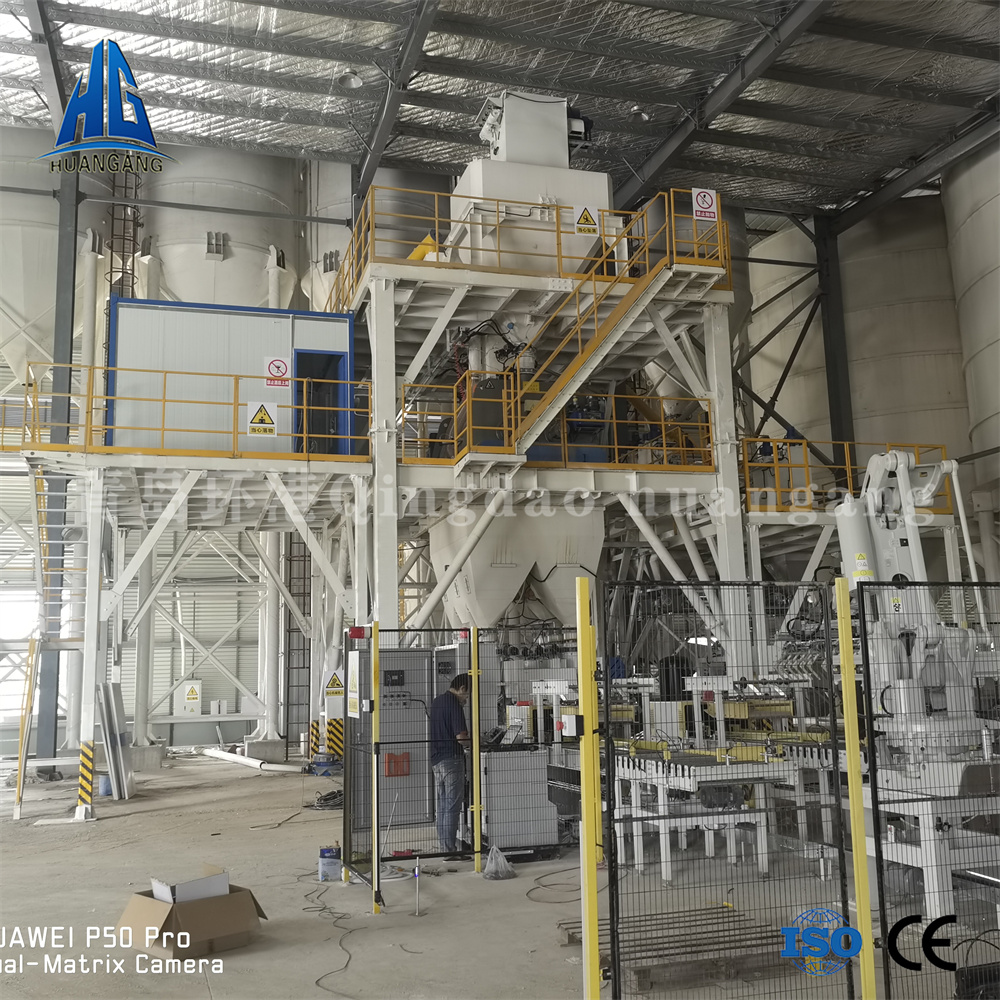
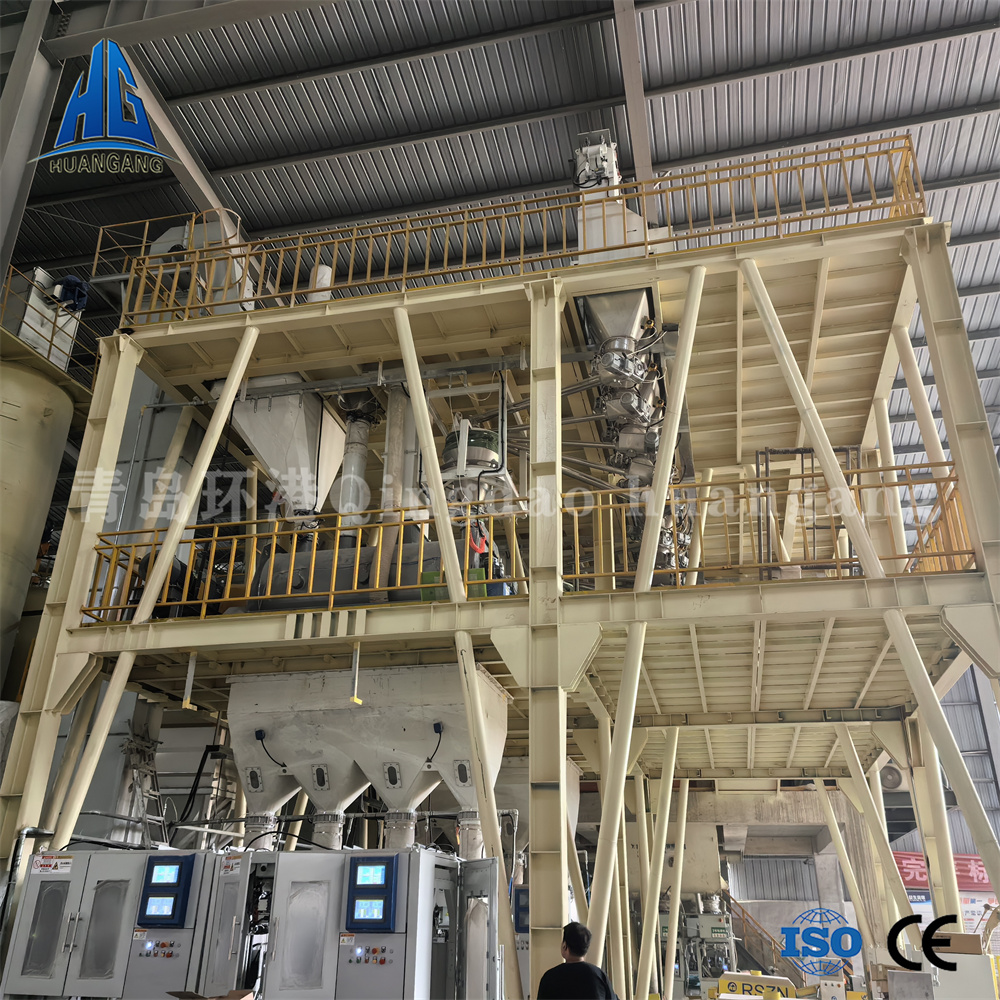

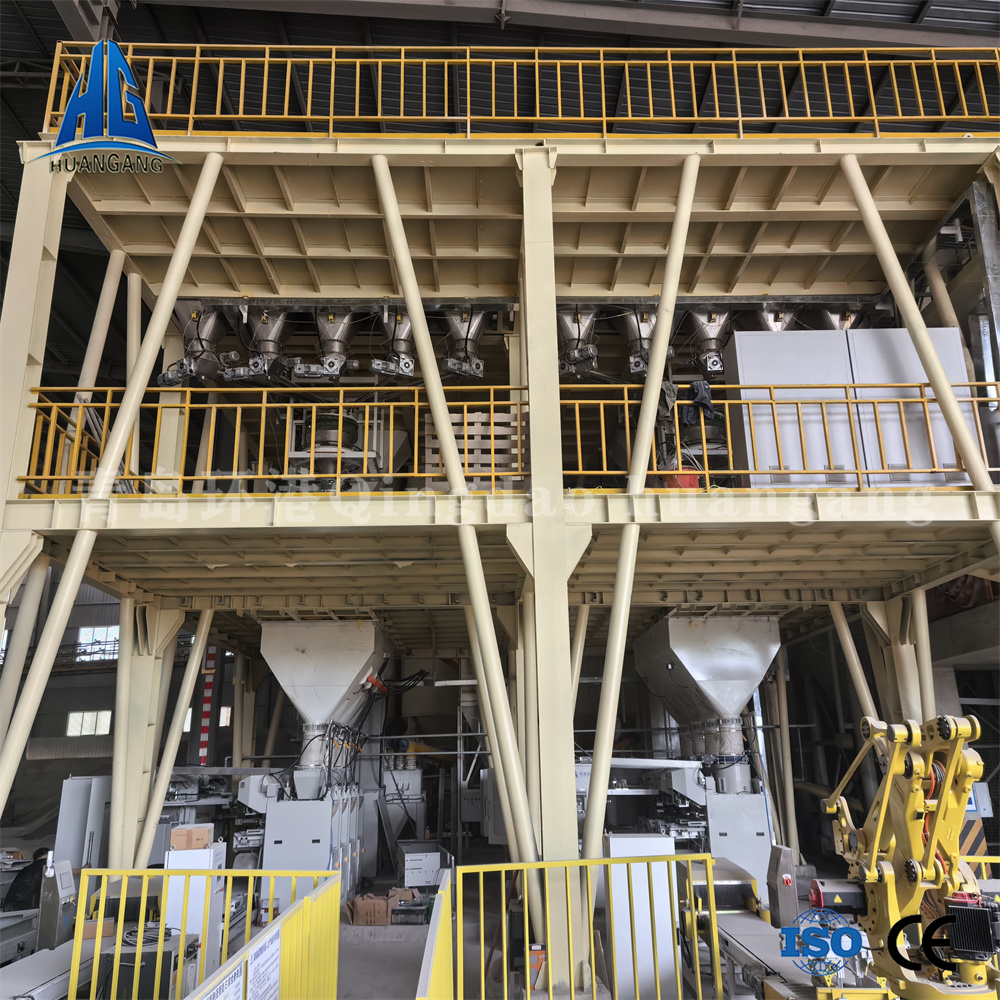
Category : Gypsum mortar production line
Release Date : 2025-03-30
View : 390times
Plastered plaster mortar production equipment is a highly integrated industrial plant designed to convert gypsum raw materials, aggregates and various additives into plastered plaster mortar that meets building construction standards through a series of precise processes. Its core components include raw material storage bins for proper storage of different types of raw materials; Conveyor system, using belt conveyor, bucket elevator, etc., to efficiently transfer raw materials to each processing link; Metering device, with the help of high-precision electronic scales and other equipment, to ensure that the raw materials are mixed in exact proportions; Mixing machine, through strong mixing blades, to achieve the full blend of materials.
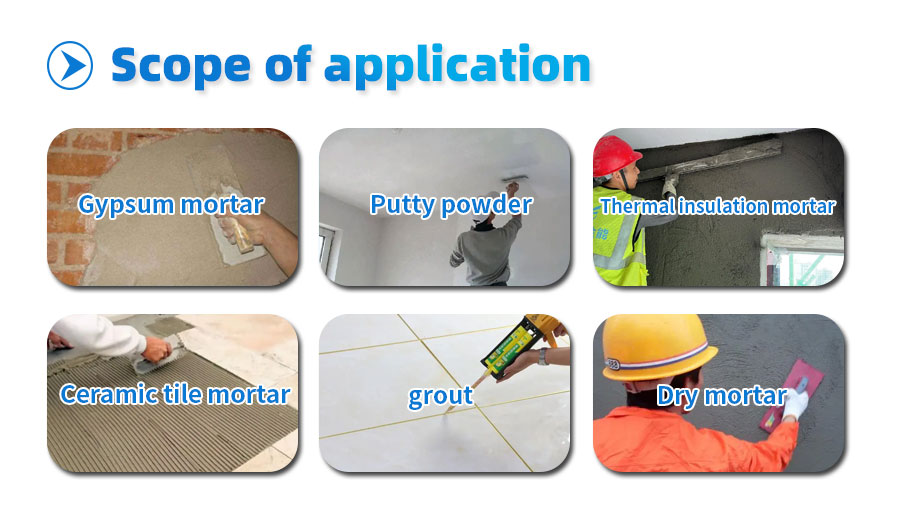
Wide product adaptability: can handle a variety of types of gypsum raw materials, whether natural gypsum or industrial by-product desulfurization gypsum, can be adjusted by the process parameters to produce plaster plaster mortar to meet different performance needs. At the same time, the aggregate type and additive formula can be flexibly adjusted according to the actual engineering needs, and the products suitable for different wall bases and different construction environments can be produced.
High productivity: A high degree of automation, from raw material feeding, metering to mixing, discharging, the entire process can be run under the automatic control system, greatly shortening the production cycle. The capacity of large equipment can reach 30 tons or even higher per hour, which can quickly respond to the large demand for plaster mortar in large-scale construction projects and improve the construction progress.
Installation and commissioning service: After the delivery of the equipment, the professional technical team quickly went to the site for the installation and commissioning of the equipment. According to the actual layout of the construction site and equipment requirements, carefully install each component to ensure that the equipment is firmly installed and the cable is correctly connected. During the debugging process, the performance indicators of the equipment are strictly tested and optimized to ensure that the equipment is put into production in excellent condition.
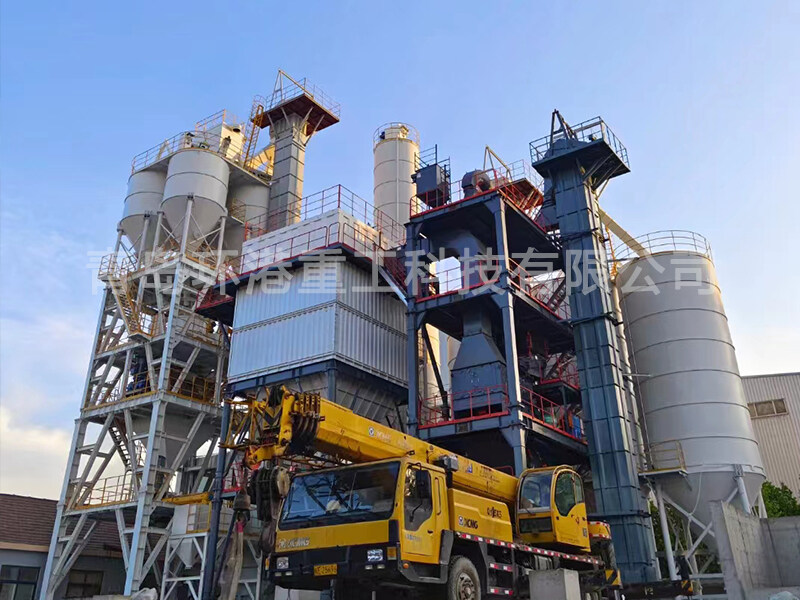 Ready-mixed dry mortar production line
Ready-mixed dry mortar production line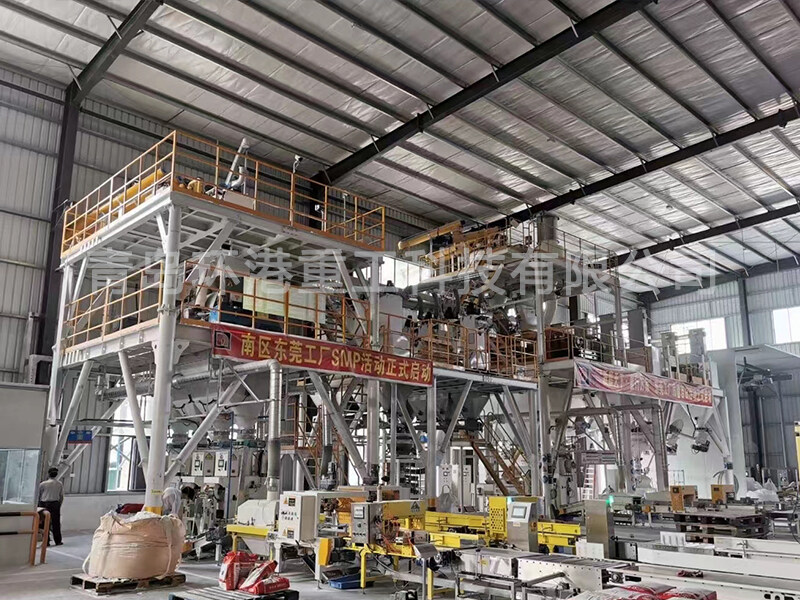 An annual output of 100,000 tons of putty powder complete production line
An annual output of 100,000 tons of putty powder complete production line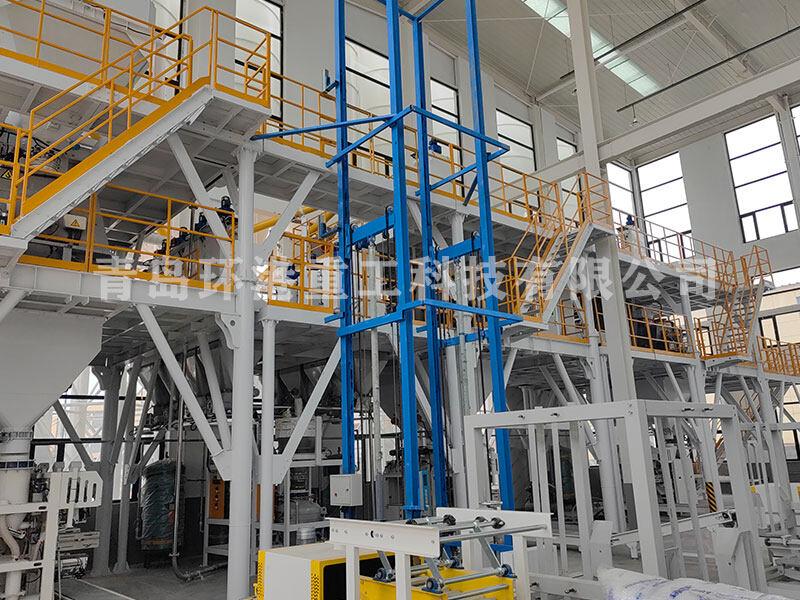 HUANGANG Putty powder production equipment
HUANGANG Putty powder production equipment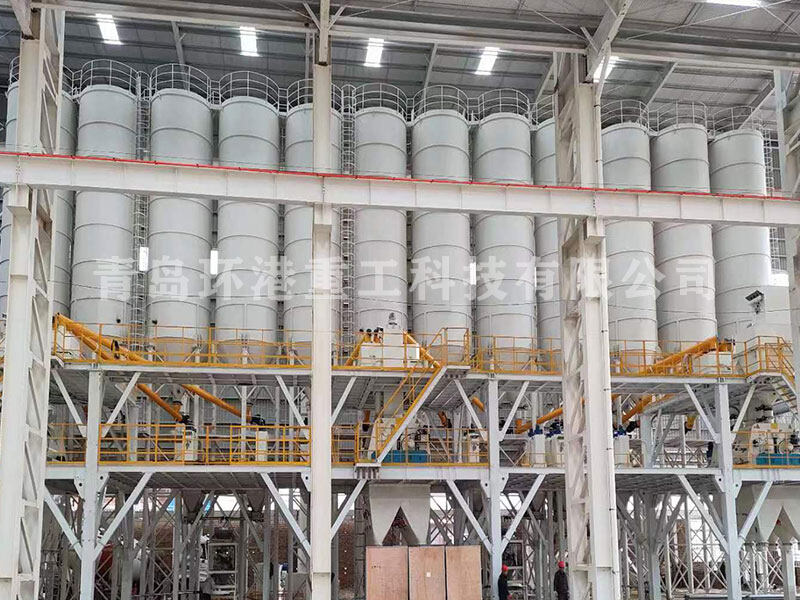 External wall putty powder production line
External wall putty powder production line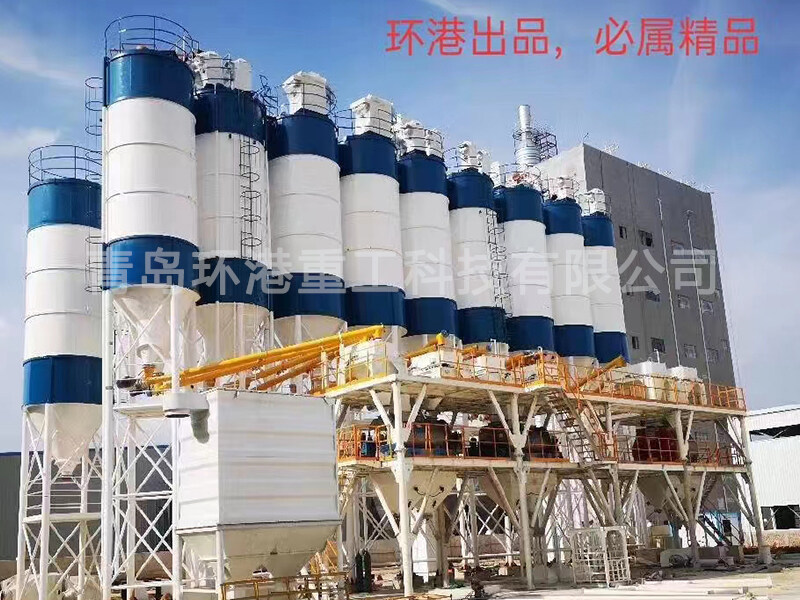 Light plaster plaster equipment/plaster base self-leveling mortar production line
Light plaster plaster equipment/plaster base self-leveling mortar production line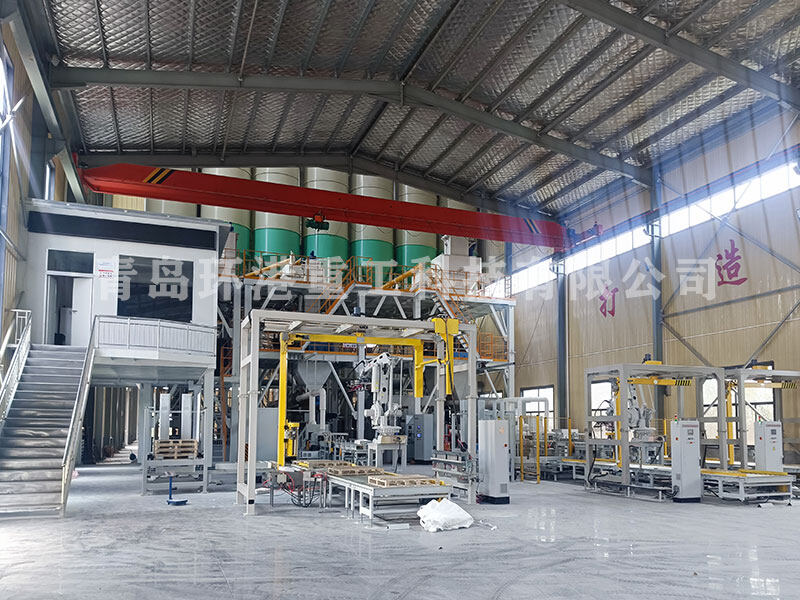 Light weight gypsum mortar production equipment
Light weight gypsum mortar production equipment